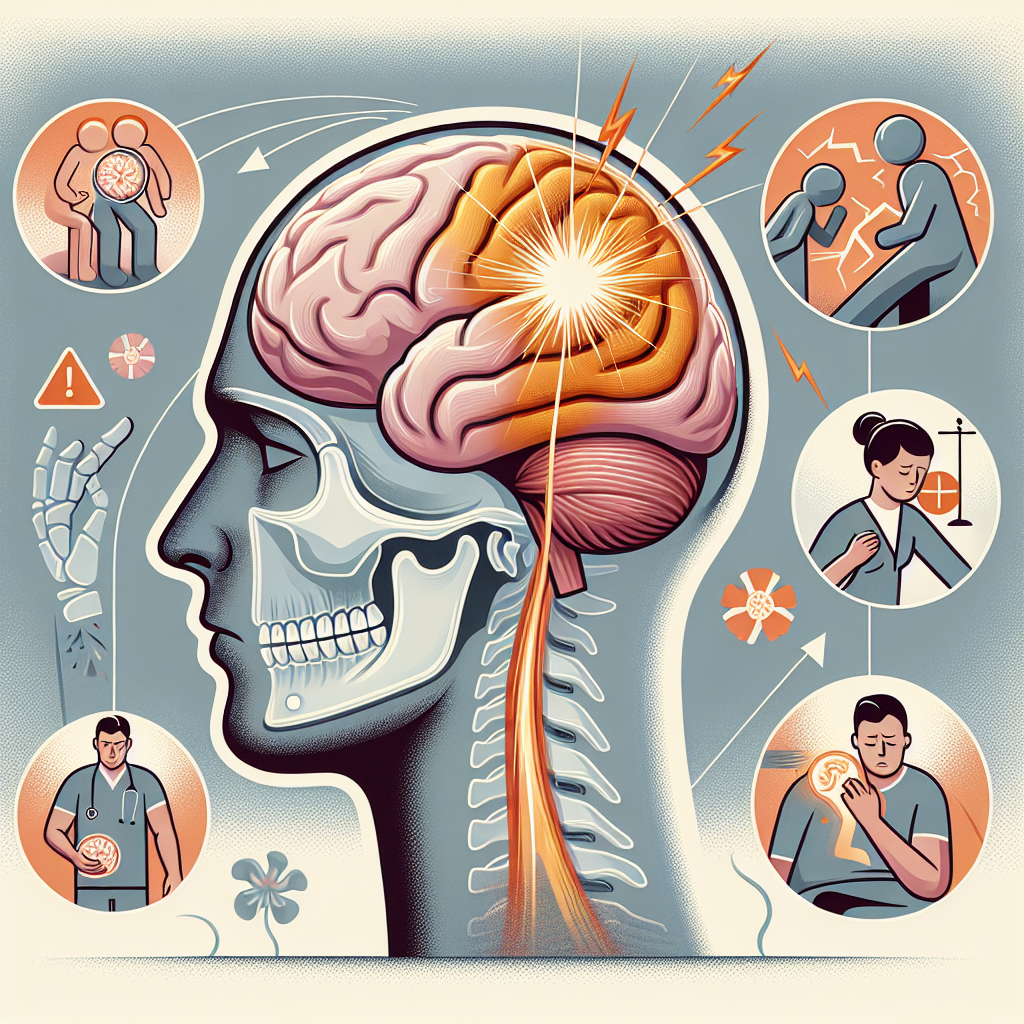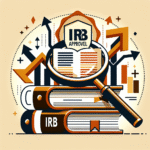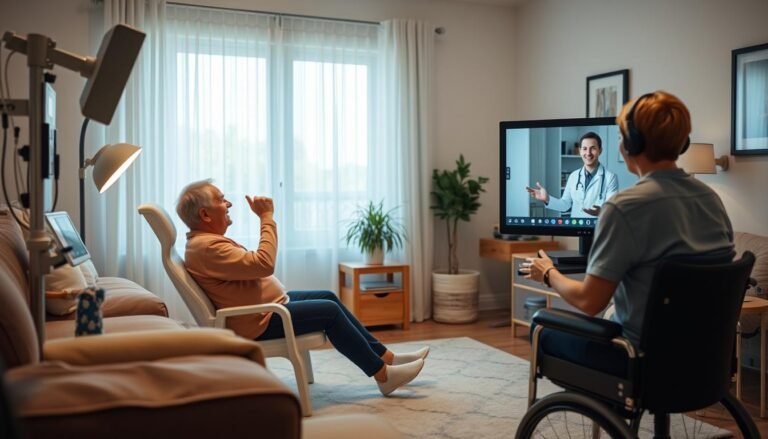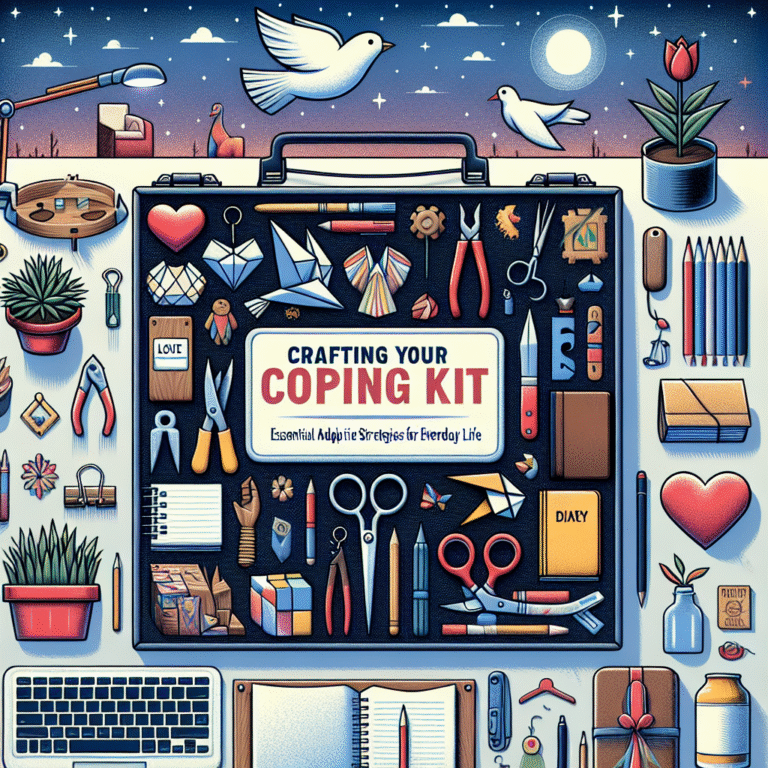
Introduction
Imagine waking up one day with a foggy mind, struggling to recall the simplest of things – your own name, where you live, or the faces of loved ones. This is the harsh reality for many people affected by acquired brain injury (ABI). More than just a medical term, ABI encapsulates a host of life-altering conditions caused by external factors, such as trauma or illness. Understanding acquired brain injury: causes, symptoms, and recovery is essential for patients, families, and healthcare providers alike. In this comprehensive guide, we will dive deep into what ABI really means, how it impacts lives, and the pathways to recovery.
What Is Acquired Brain Injury?
Acquired Brain Injury refers to damage to the brain that occurs after birth, contrasting with congenital conditions present from birth. Two main types of ABI exist: traumatic brain injury (TBI) and non-traumatic brain injury, which includes strokes, infections, tumors, or lack of oxygen.
Traumatic Brain Injury (TBI)
TBI results from an external force, such as a fall, vehicle accident, or a sports injury. It encompasses a spectrum of severity, from mild concussions to severe brain damage.
Non-Traumatic Brain Injury
This type includes strokes, aneurysms, infections like meningitis, or traumatic events like suffocation that deprive the brain of oxygen.
Causes of Acquired Brain Injury
Understanding acquired brain injury: causes, symptoms, and recovery requires a focus on the various triggers for ABI. Here are some key factors:
1. Trauma
- Falls: The most common cause of TBI among older adults.
- Vehicle Accidents: High-risk environments can lead to severe injuries.
- Sports Injuries: Particularly in contact sports, concussion rates are alarming.
2. Medical Conditions
- Strokes: Resulting from blocked vessels can lead to ischemic events.
- Infections: Meningitis can trigger inflammation and brain damage.
- Tumors: Increasing pressure or spreading malignancies can disrupt normal functioning.
3. Environmental Factors
- Poisoning: Exposure to toxic substances (e.g., carbon monoxide) can severely impact brain health.
- Lack of Oxygen: Situations like near-drowning can lead to irreversible brain damage.
Case Study: The Impact of Falls in Older Adults
Consider the case of Martha, a 72-year-old woman who fell at home, leading to a concussion. Many older adults may underestimate the risk of falls, and Martha’s story illustrates the potential consequences of ABI that can arise from something seemingly benign. The incident resulted in memory loss and decreased independence. Understanding acquired brain injury: causes, symptoms, and recovery is crucial in highlighting the importance of fall prevention strategies for seniors.
Symptoms of Acquired Brain Injury
Symptoms can vary widely depending on the severity and location of the injury. It’s vital to be aware of the signs to seek immediate medical attention. Here’s a breakdown of common symptoms:
Physical Symptoms
- Headaches
- Dizziness or balance issues
- Fatigue
- Seizures
Cognitive Symptoms
- Memory loss
- Difficulty concentrating
- Trouble with problem-solving
Emotional and Behavioral Symptoms
- Mood swings
- Depression and anxiety
- Irritability
Table: Symptoms Comparison Table
| Symptom Type | Common Symptoms |
|---|---|
| Physical | Headaches, dizziness, seizures |
| Cognitive | Memory issues, concentration difficulties |
| Emotional/Behavioral | Mood swings, irritability, anxiety |
Case Study: Emotional Effects of ABI
Take the case of John, a 30-year-old man who suffered a stroke resulting in significant changes to his behavior. Post-injury, John experienced emotional instability – feeling happy one moment and despondent the next. Understanding acquired brain injury: causes, symptoms, and recovery, especially in emotional health, can inform targeted therapies that help restore stability.
Pathways to Recovery
Recovering from an acquired brain injury is often a long journey, filled with challenges and victories. Understanding the various aspects of recovery is essential in setting realistic expectations.
Initial Medical Treatment
- Emergency Care: Stabilizing the patient through imaging and surgery if necessary.
- Rehabilitation: Depending on the type and severity of the injury, rehabilitation may involve physical, occupational, and speech therapy.
Rehabilitation Approaches
- Physical Therapy: Helps regain motor skills and physical functions.
- Cognitive Therapy: Aims to restore cognitive skills and assist with memory.
- Psychological Support: Essential for emotional well-being.
Support Systems
- Family Involvement: Having a supportive network can significantly boost recovery efforts.
- Community Resources: Local organizations often provide support groups and workshops.
Case Study: Comprehensive Rehabilitation
Consider Sarah, a 25-year-old who experienced a severe TBI from a car accident. Her recovery involved a multidisciplinary approach, including physical therapy and cognitive training, taking over a year. The importance of understanding acquired brain injury: causes, symptoms, and recovery is highlighted in Sarah’s experiences as she regained her independence and confidence.
Motivational Takeaways
While the journey through acquired brain injury may be daunting, hope and recovery are possible. Here are some insights to inspire individuals and families dealing with ABI:
- Progress Takes Time: Understand that each person heals at their own pace.
- Celebrate Small Wins: Every step forward, no matter how minor, counts.
- Stay Informed: Knowledge is power. Equip yourself with the latest recovery strategies and resources.
Conclusion
Understanding acquired brain injury: causes, symptoms, and recovery is not just for medical professionals; it’s vital for anyone whose life is touched by ABI. This guide has highlighted the importance of recognizing ABI’s many facets, from causes to rehabilitation strategies. With continued education and a strong support system, recovery is not only achievable; it can be profoundly transformative.
FAQs
1. What are the key differences between TBI and non-traumatic brain injury?
TBI results from an external force, while non-traumatic brain injuries are caused by internal medical conditions.
2. Can acquired brain injury lead to long-term disabilities?
Yes, depending on the severity of the injury, individuals may experience lasting impacts on their physical, cognitive, and emotional health.
3. How can I support a loved one recovering from ABI?
Encourage them, assist with rehabilitation exercises, and be patient as they navigate their recovery journey.
4. What therapies are available for ABI recovery?
Common therapies include physical, occupational, speech, and psychological therapies to address various recovery needs.
5. Is there research being conducted on ABI treatments?
Yes, ongoing research is aimed at understanding brain plasticity and developing innovative rehabilitation therapies.
Understanding acquired brain injury: causes, symptoms, and recovery is not just about medical facts; it’s about the human experience, resilience, and hope for a better tomorrow. With the right knowledge and support, healing is more than a dream; it is indeed a reality.
















